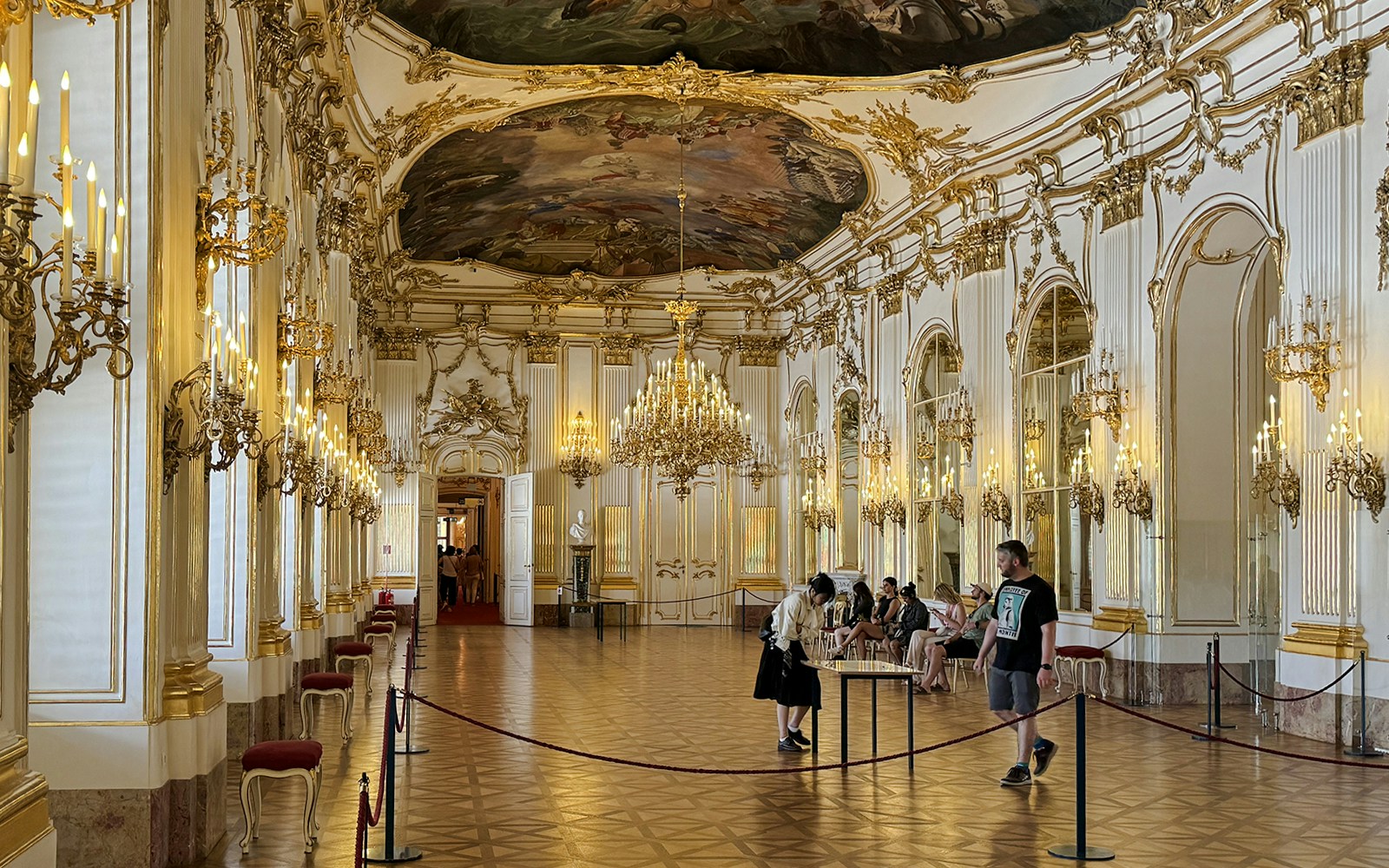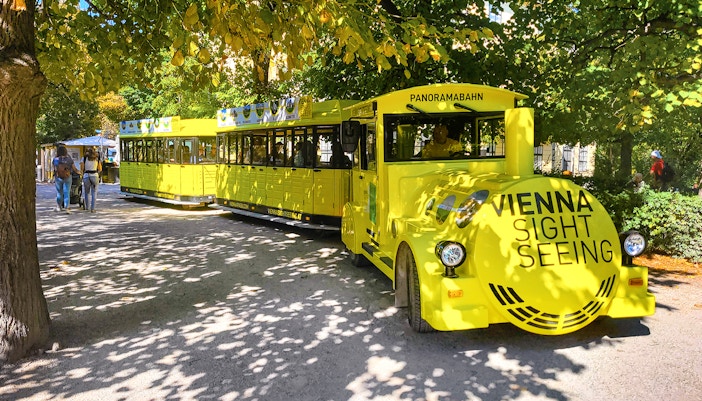Step into the grandeur of Schönbrunn's State Rooms, where opulent gilded furnishings, elaborate chandeliers, and breathtaking frescoes transport you to the height of Habsburg luxury. These rooms once hosted royal receptions and foreign dignitaries, offering a glimpse into imperial splendor.
Must-see attractions at Schönbrunn Palace
Of Schönbrunn’s 1,441 rooms, only about 20 are open to the public, but each reveals a different facet of Habsburg life. From grand ballrooms to intimate private quarters, these are the spaces that shaped imperial ceremony, daily routine, and legend.

The State Rooms

The Imperial Apartments

Schönbrunn Palace gardens

The Orangery

Schönbrunn Zoo

Palm House

Desert House











